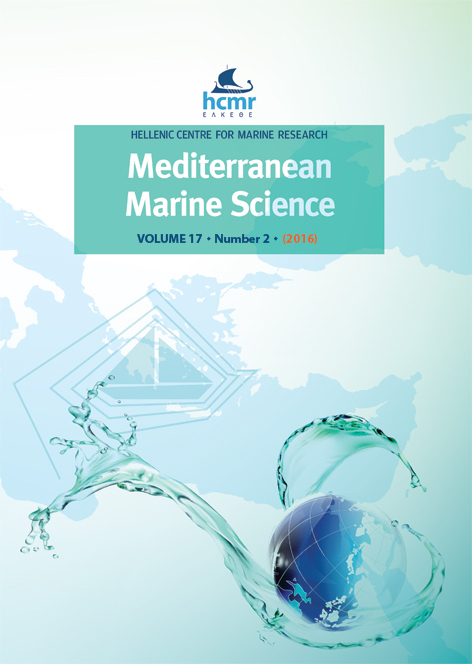Bryozoa from the Mediterranean coast of Israel

Abstract
The impact of global warming on the composition of marine biotas is increasing, underscoring the need for better baseline information on the species currently present in given areas. Little is known about the bryozoan fauna of Israel; the most recent publication concerning species from the Mediterranean coast was based on samples collected in the 1960s and 1970s. Since that time, not only have the species present in this region changed, but so too has our understanding of bryozoan taxonomy. Here we use samples collected during the last decade to identify 47 bryozoan species, of which 15 are first records for the Levantine basin. These include one new genus and species (Crenulatella levantinensis gen. et. sp. nov.), two new species (Licornia vieirai sp. nov. and Trematooecia mikeli sp. nov.), and two species that may be new but for which available material is inadequate for formal description (Reteporella sp. and Thalamoporella sp.). In addition, Conopeum ponticum is recorded for the first time from the Mediterranean Sea. Non-indigenous species make up almost one-quarter of the 47 species identified. All of the non-indigenous species are native to tropical and subtropical regions, implying a change of the Levant bryozoan biota from a temperate to a more tropical state, probably related to both higher temperature and salinity and to the opening of the Suez Canal connecting the Red Sea and the Eastern Mediterranean.
Article Details
- How to Cite
-
SOKOLOVER, N., TAYLOR, P. D., & ILAN, M. (2016). Bryozoa from the Mediterranean coast of Israel. Mediterranean Marine Science, 17(2), 440–458. https://doi.org/10.12681/mms.1390
- Issue
- Vol. 17 No. 2 (2016)
- Section
- Research Article
Authors who publish with this journal agree to the following terms:
- Authors retain copyright and grant the journal right of first publication with the work simultaneously licensed under a Creative Commons Attribution Non-Commercial License that allows others to share the work with an acknowledgement of the work's authorship and initial publication in this journal.
- Authors are able to enter into separate, additional contractual arrangements for the non-exclusive distribution of the journal's published version of the work (e.g. post it to an institutional repository or publish it in a book), with an acknowledgement of its initial publication in this journal.
- Authors are permitted and encouraged to post their work online (preferably in institutional repositories or on their website) prior to and during the submission process, as it can lead to productive exchanges, as well as earlier and greater citation of published work (See The Effect of Open Access).




